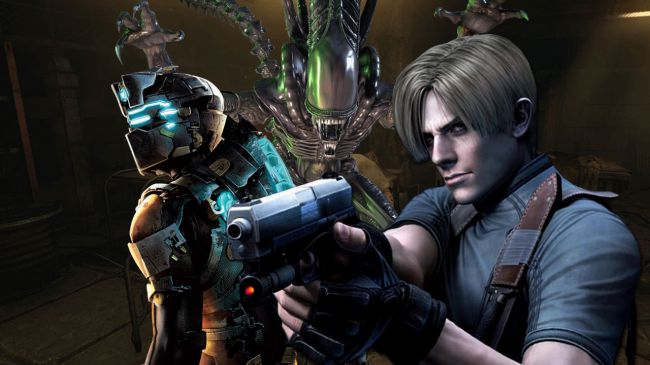Until Dawn is the ultimate playable horror movie, but its success is all down to a killer, real-life plot-twist
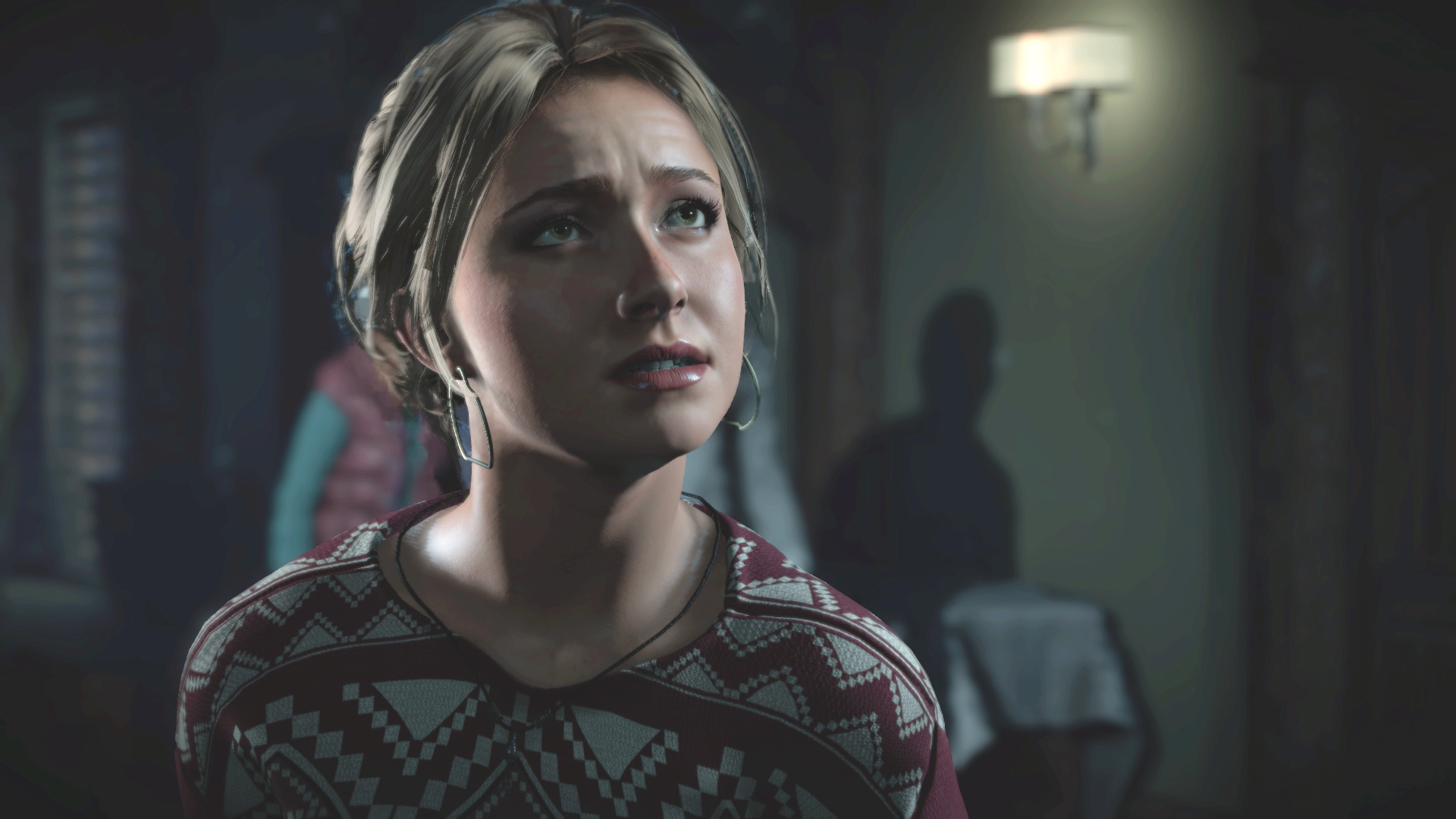
Most of us are familiar with the ingredients by now. It all begins calmly enough, a happy group laughing and joking before the screw steadily, inexorably begins to tighten. There’s an agonisingly slow build, a gradual sense of creeping dread, and that awful sinking feeling as plans go horribly awry. Along the way, there are unexpected twists and turns, the odd jolting shock, desperate races against time and a final, frenzied climax. Developing a game, it turns out, has plenty in common with the established structure of horror cinema.
But not everything. Whether you favour the cattle-prod approach to frights or prefer thoughtful chillers, the lights still tend to fade up after 90 minutes. Until Dawn, by contrast, took Supermassive Games over four years to finish.
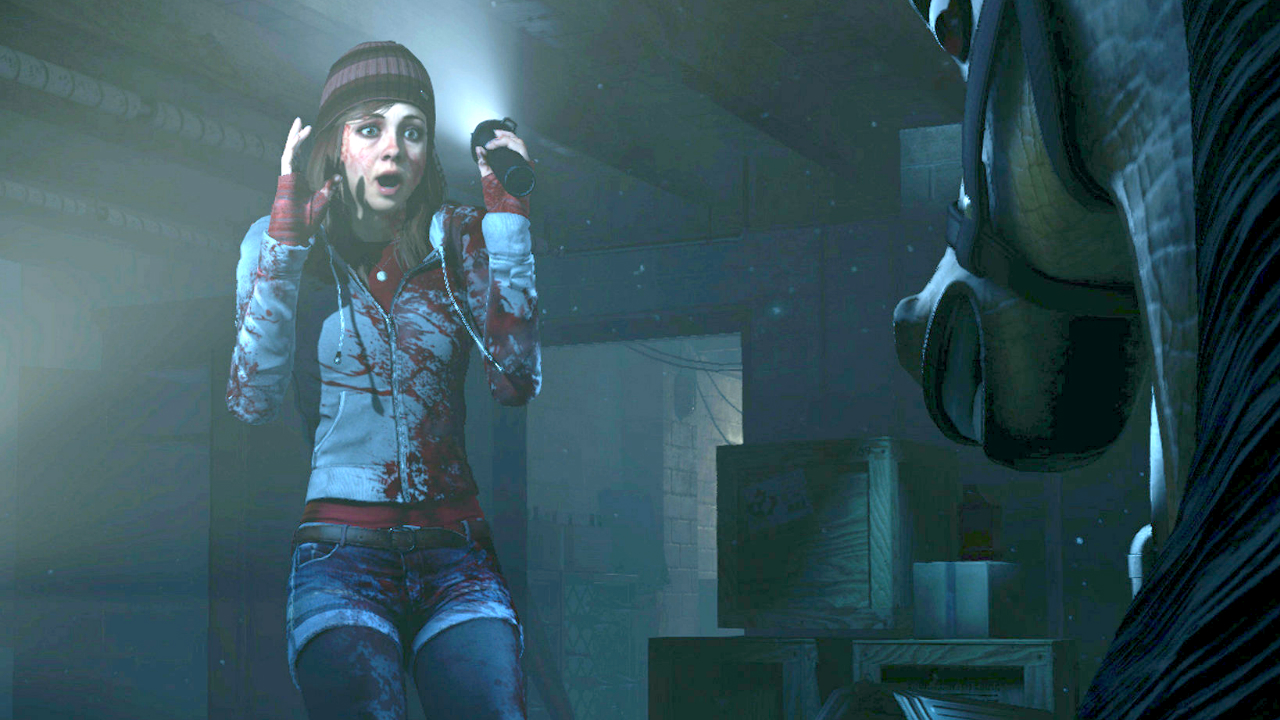
Yet if it took a good deal longer to make than expected – moving from PS3 to PS4 when it was almost finished, with its design changing significantly in the process – its inception owed something to serendipitous timing. In 2010, the studio was best known for accessible family fare such as Start The Party and LittleBigPlanet spinoff Sackboy’s Prehistoric Moves, built for Sony’s Move controller. Will Byles, with a background in commercials and theatre, joined and began to discuss the future of interactive narrative with the company’s CEO, Pete Samuels. Byles began working on a series of experimental prototypes. “Supermassive had this game it had been talking about for a while, which was a Move-controlled first-person torch-based [game],” he says. With a stronger story focus than the studio’s past work, it seemed the perfect match for Byles’ experiments.
Sony agreed, and Until Dawn began to take shape. In this incarnation it was more lightweight in tone than its final form, with the publisher hoping to target the younger audience it had courted with Move. As creative director, Byles wrote an extensive screenplay, including precise technical instructions for its puzzle elements. The story may have been in place, but one very important element was missing. “While we like to think we’re good writers, we were aware that we aren’t American, and everything we [wrote] was going to sound a little bit English, a little bit parochial,” he says. ”And there’s a real skill in writing good dialogue; appropriate dialogue.”
Two veterans of cult horror movies accepted the job. Between them, Larry Fessenden and Graham Reznick have been involved in just about every aspect of film production, both in front of and behind the camera. Fessenden in particular boasts a substantial following in the US, and Byles recognises that signing them up was quite a coup. He was more surprised at just how keen they were. “They were desperate to do it, in fact,” he says. “What’s interesting – and we noticed it with the actors as well – is that the game industry is being taken a lot more seriously [by Hollywood]. I think David Cage has really helped push that forward with Ellen Page.”
Moving swiftly in a new direction
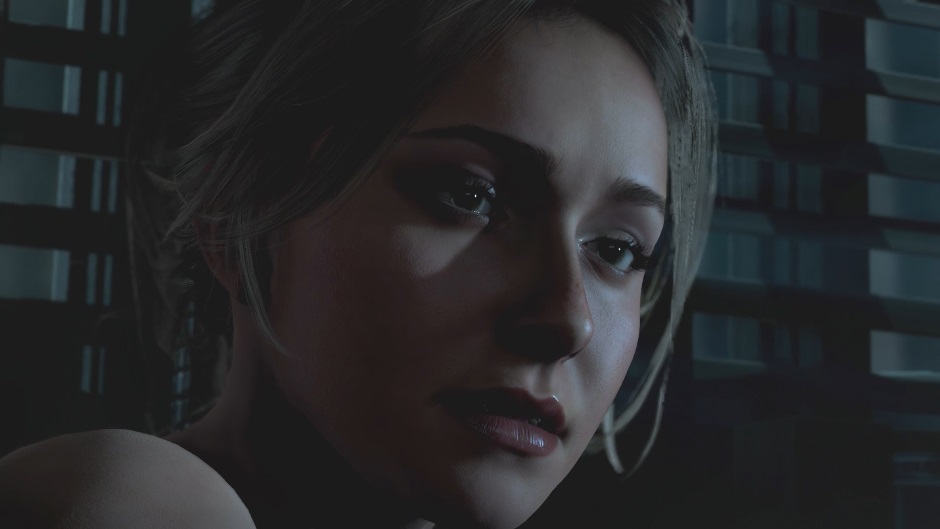
The script eventually ran to 10,000 pages, though it had to be as substantial as that to accommodate all of the game’s branching paths. But with a firm structure already in place, once the two writers had added the dialogue, the game was almost ready. It wasn’t polished enough, or in a state to be released, but it wasn’t too far away. Then Supermassive took an isolated section of the game to Cologne in 2012, and everything changed. “We went to Gamescom with a live demo for a behind-closed-doors [presentation]. It was a full chapter – the part where Mike and Jessica go up to the cabin – and it got a huge response. And we genuinely didn’t expect that.”
Byles attributes the excitement partly to a drought in the horror genre at the time, but the game’s unusual tone also seemed to strike a chord. “We were trying to do things differently; it was like a slasher [movie], it was teen horror… I mean, it wasn’t a revolution, but I think it felt quite fresh.” The feedback on social media was glowing. Sony received an avalanche of positive comments. There was, however, one recurring caveat. Until Dawn wasn’t Move-enhanced, but Move-required – it couldn’t be played without the peripheral. “Lots of people were [saying], ‘I don’t want to get a Move, but I want to play this game’,” Byles says. “If it was one or two people you’d maybe think, ‘Yeah, whatever’. But this was massive. So we sat down with Sony again.”
Sign up to the GamesRadar+ Newsletter
Weekly digests, tales from the communities you love, and more
Though the tone of the game eventually skewed darker and more mature, the core of the story wasn’t about to drastically change; too much had already been invested. It wasn’t quite a case of starting from scratch, but wholesale changes were still required. Byles began playing around with the in-game debug camera, and it wasn’t long before a first-person game became third-person. “When you have a flashlight, and a first-person camera, the lighting you’re using is a direct light from your lens, from your view. So you’d have this slightly rabbit-in-headlights feel when you looked at other people. But the second you got a camera outside of first-person [perspective], it suddenly looked awesome.”
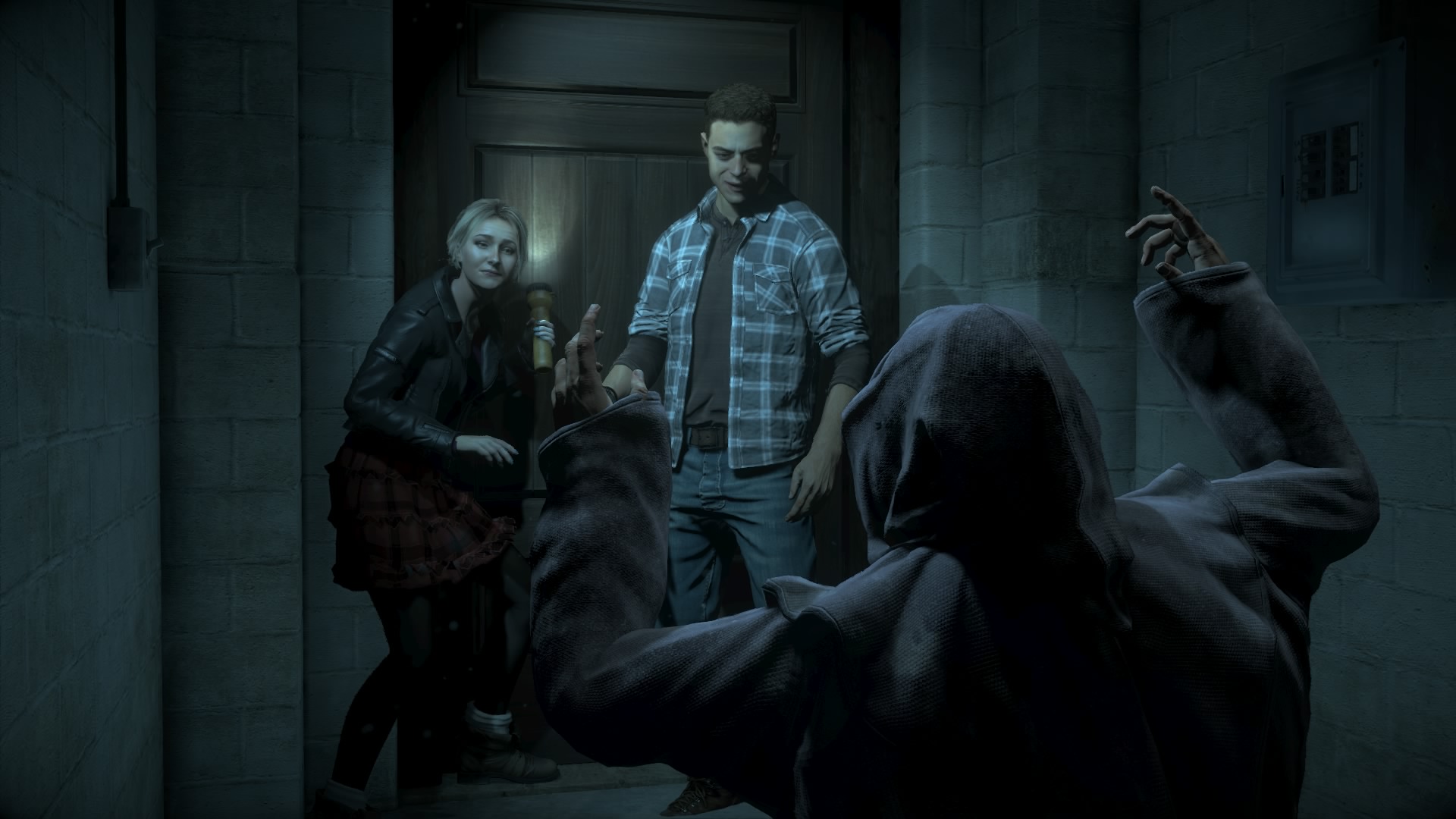
Byles’ mind raced. With an external camera, the game could now adopt a cinematic style, and with PS4 beginning to loom on the horizon, wouldn’t it be rude not to take the opportunity to think bigger? “We did a few tests first, obviously, and said [to Sony], ‘Look, this will be the quality level.’ It was a perfect storm of events, really – all these little bits and pieces came together.” Sony’s response was enthusiastic, and Byles, who had first been inspired to join the industry by the promise of ‘next gen’ when that meant PS3, found himself helming a game that would now debut on the machine’s successor.
The extra computational power meant the creative director could finally pursue the style of animation he’d wanted to use all along, using techniques more commonly seen in the film industry for precise performance capture. “Now when we scan the actors, we don’t just scan their face – which, of course, we did anyway to get the model – but every single facial expression,” he explains. “Then a model is made with each one of those expressions, and the performance they then give with all the little [mo-cap] dots effectively pushes the model to the expressions they’ve already [provided]. So you get a really accurate representation.”
It did no harm that the performances came from the likes of Nashville star Hayden Panettiere as apparent final girl Sam and Mr Robot’s Rami Malek as the troubled Josh. Meanwhile, Reznick and Fessenden’s script (with the latter making a scenery-chewing cameo as a flamethrower-toting stranger) skilfully found nuances within archetypes. Byles admits it was a conscious choice for those opening scenes to lean rather heavily on genre tropes to establish the narrative locus without resorting to exposition. “It was so players could say, ‘OK, I get it, you’re doing a teen horror.’ But the second reason – and this, for me, was much more Machiavellian – was to make them all slightly unpleasant and flawed, because I genuinely believe it’s a much better way to get people to empathise. We’re all flawed, and it helps if you can see something of yourself or of somebody you know in a character… And of course it gives you the power to redeem them. Or to damn them, if you prefer.”
A malleable narrative, with rigid demands
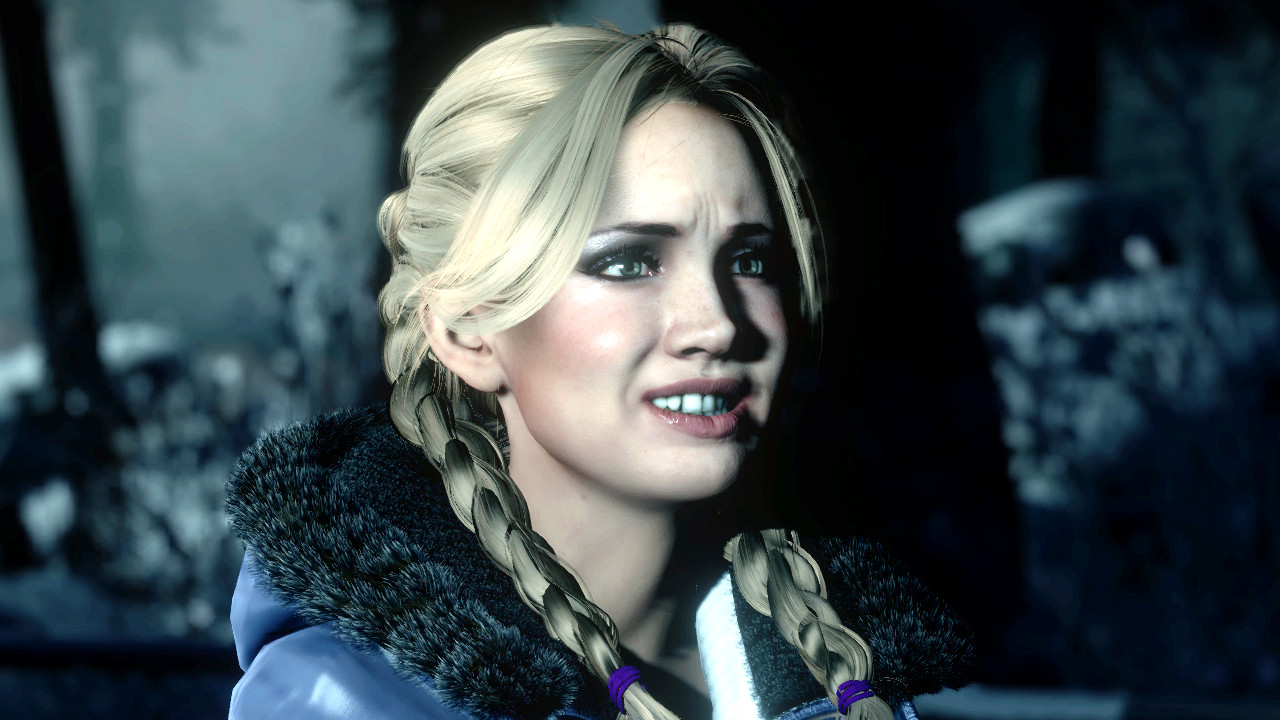
Many narrative-led games involve substantial rewrites, but in a story that affords the player such control over its outcome, and where any of the eight leads can perish, that was never likely to happen. Once shooting had started, Supermassive was relatively restricted with what it could change: edits for pacing were possible, along with tweaks to the camera and lighting setup to adjust the dynamics of a scene. But any larger adjustments carried serious continuity risks. “It was like a house of cards,” Byles laughs. “Even one conversation change can really bugger things up later on, and sometimes you might not find it until much, much later. We had a Reddit AMA and there’s one bit that we missed, where Mike and Sam go to the place where the bodies are, and if there’s only one body, they still use the plural. It was a tiny little change, and while it wasn’t a dreadful oversight, people noticed.”
If the script didn’t change much, the same can’t be said for the graphics. “We basically started again,” Byles tells us. Working with Guerrilla’s Killzone engine offered obvious advantages, but finding an appropriate lighting solution – or, rather, an appropriate darkness solution – proved trickier. “The dark is a really important thing in horror, obviously, because you don’t know what’s in there,” Byles says. “And with games, it’s really hard to do dark. Which sounds mad, but it really is, because traditionally you have a bake, where all the lights for an entire scene are effectively baked into the texture, and then the lights [for darker areas] are taken away, because it’s just too [computationally] expensive. The game wouldn’t run.”
But within what Byles calls “absolute shadows”, any interactive objects, including people, will glow. The answer was to strip back most of the pre-baked lights and attempt to use as much realtime lighting as possible, for which Supermassive had to invent its own rig – one that essentially gave each character their own personal director of photography. “What happens is you get this chiaroscuro [effect], where you have these nicely lit characters in the foreground in front of darkness, without looking out of place.”
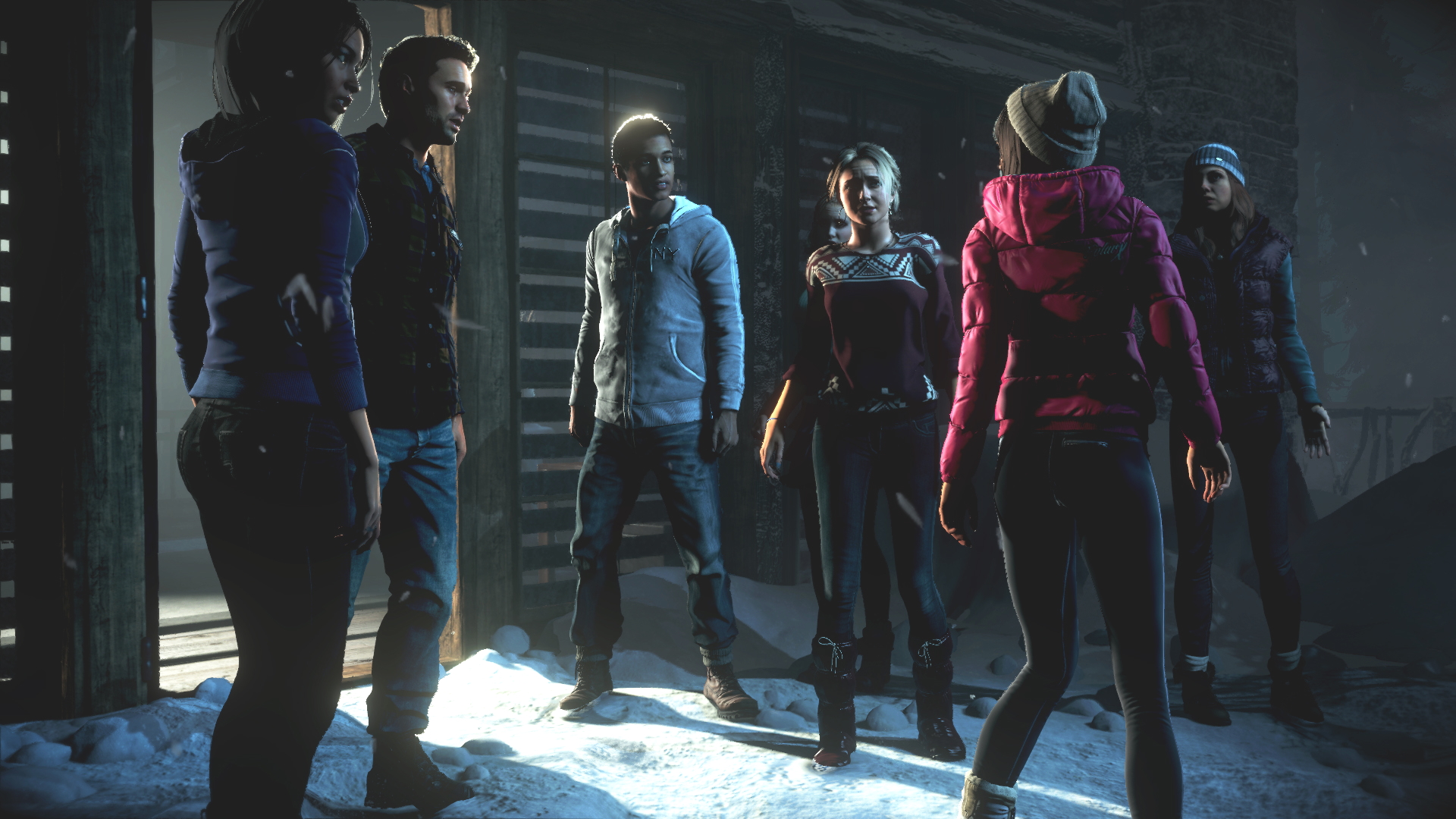
It was a calculated risk that paid off, as was the game’s frequent use of static camera angles, a decision that Byles admits initially met with some resistance. Resident Evil might remain a landmark entry in the horror game genre, but these days its techniques are generally considered to be archaic. Several meetings were held to convince the hesitant. “It was very, very collaborative,” Byles recalls. “Lee Robinson, the production designer, and I would storyboard everything up like a film, and [explain] the mood we wanted to get across, and what we were trying to evoke with the cameras we were using.”
But there was more to consider than the narrative motivation of any given shot. If Until Dawn was to look like a film, it still had to function as a game. It was a lesson learned the hard way, with testers growing frustrated and confused by shifting angles at first, but Supermassive soon began to learn the ruleset its design imposed. “We worked out that if you cut the camera at a threshold – like a door, or a [junction] in a corridor – at a 90-degree angle, people would just keep turning around in circles for eternity.” Byles also found he had to kill a few of his personal darlings. “One of my favourite shots is when Sam’s being chased by the psycho, and she pushes through that door that breaks, and there’s a reverse shot that dollies all the way down a really long corridor. Oh my god! But we had to use them very sparingly because they do disrupt the player’s orientation.”
Byles isn’t convinced that the finished game quite achieved the elusive blend of artistry and pragmatism it was shooting for, but Until Dawn’s absorbing mix of scripted frights and branching story made it the most-watched game on YouTube for August, despite only being available for the final five days of the month. “We weren’t expecting that, and we weren’t expecting all the Tumblr [posts], the cosplay or the fanart. I was talking to Larry Fessenden, and at Comic-Con he had people going up to him and saying, ‘You’re Flamethrower Guy!’ I mean, we definitely wanted to have watercooler moments, but we didn’t think it would be like this.” The horror genre is hardly renowned for its happy endings, but after four years, you’d be hard pushed to argue that Supermassive hasn’t earned one.
This article originally appeared in Edge magazine. For more great coverage, you can subscribe here.

Chris is Edge's deputy editor, having previously spent a decade as a freelance critic. With more than 15 years' experience in print and online journalism, he has contributed features, interviews, reviews and more to the likes of PC Gamer, GamesRadar and The Guardian. He is Total Film’s resident game critic, and has a keen interest in cinema. Three (relatively) recent favourites: Hyper Light Drifter, Tetris Effect, Return Of The Obra Dinn.
